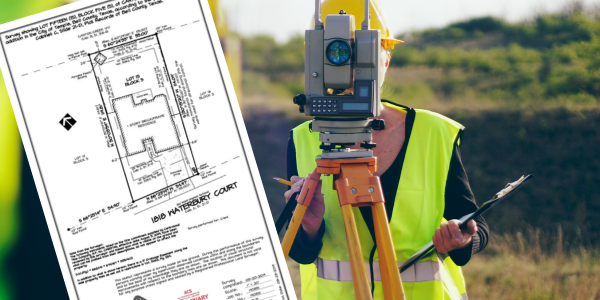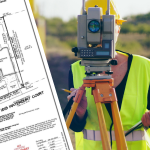Buying a home is one of the most exciting (and sometimes overwhelming) milestones in life. Between contracts, inspections, and closings, it’s easy to overlook a key document that plays a big role in protecting your investment: the property survey.
But what exactly is a property survey, and how do you make sense of all those lines and numbers? Let’s break it down in simple terms so you can feel confident and informed.
What Is a Property Survey?
A property survey is a detailed drawing that outlines the exact boundaries and physical features of your land. It shows where your property starts and ends, along with improvements (like your home, garage, or pool), easements, rights-of-way, and any encroachments from neighboring properties.
Surveyors create these maps using precise measurements to ensure you (and your neighbors) know exactly where the property lines are.
Why It Matters
- Protects your investment: Confirms that the structures on your property are within legal boundaries.
- Helps avoid disputes: Clarifies where your land ends so you can avoid conflicts with neighbors.
- Required for improvements: Essential before building fences, additions, or driveways.
- Needed for title insurance: Ensures there are no unexpected issues affecting ownership.
How to Read Your Survey
When you first look at your survey, it can feel like trying to read a foreign language. Here’s what to look for:
1. Property Lines and Dimensions
These are usually marked with solid lines around the perimeter of the lot. You’ll see measurements in feet or meters showing each side’s exact length.
Tip: Check these measurements against your deed or legal description to verify accuracy.
2. Buildings and Improvements
Your house and other permanent structures will be drawn in relation to the property lines. The survey will show how far each structure is set back from the boundaries.
3. Easements
Easements are areas where others have the right to access or use part of your property (like utility companies). These are often marked with dashed or dotted lines labeled with the word “Easement” or abbreviations like “UE” (utility easement).
4. Encroachment
An encroachment happens when a structure (like a fence or shed) crosses over the property line. Surveys will highlight these, so you know if a neighbor’s improvements are on your land or vice versa.
5. Setback Lines
These indicate how far from the property line you must build structures, as required by local zoning codes. They help ensure buildings don’t crowd streets or neighboring properties.
6. Legal Descriptions and Surveyor Notes
There’s usually a section with a written legal description of the property and notes from the surveyor explaining any special conditions or findings. This section is important if you plan to make future changes or sell your property.
What If You Find a Problem?
If something on your survey doesn’t look right — such as a neighbor’s fence over your line or an unknown easement — don’t panic. Start by discussing it with a real estate attorney or your title company. In many cases, these issues can be resolved before they become major headaches.
Final Thoughts
A property survey isn’t just another piece of paperwork; it’s a vital tool for protecting your home and your peace of mind. Taking the time to understand it can save you from costly surprises and help you enjoy your property with confidence.
If you have questions about your survey or need help interpreting it, don’t hesitate to reach out to your title company or a local surveyor. They’re there to help you make sense of it all!









